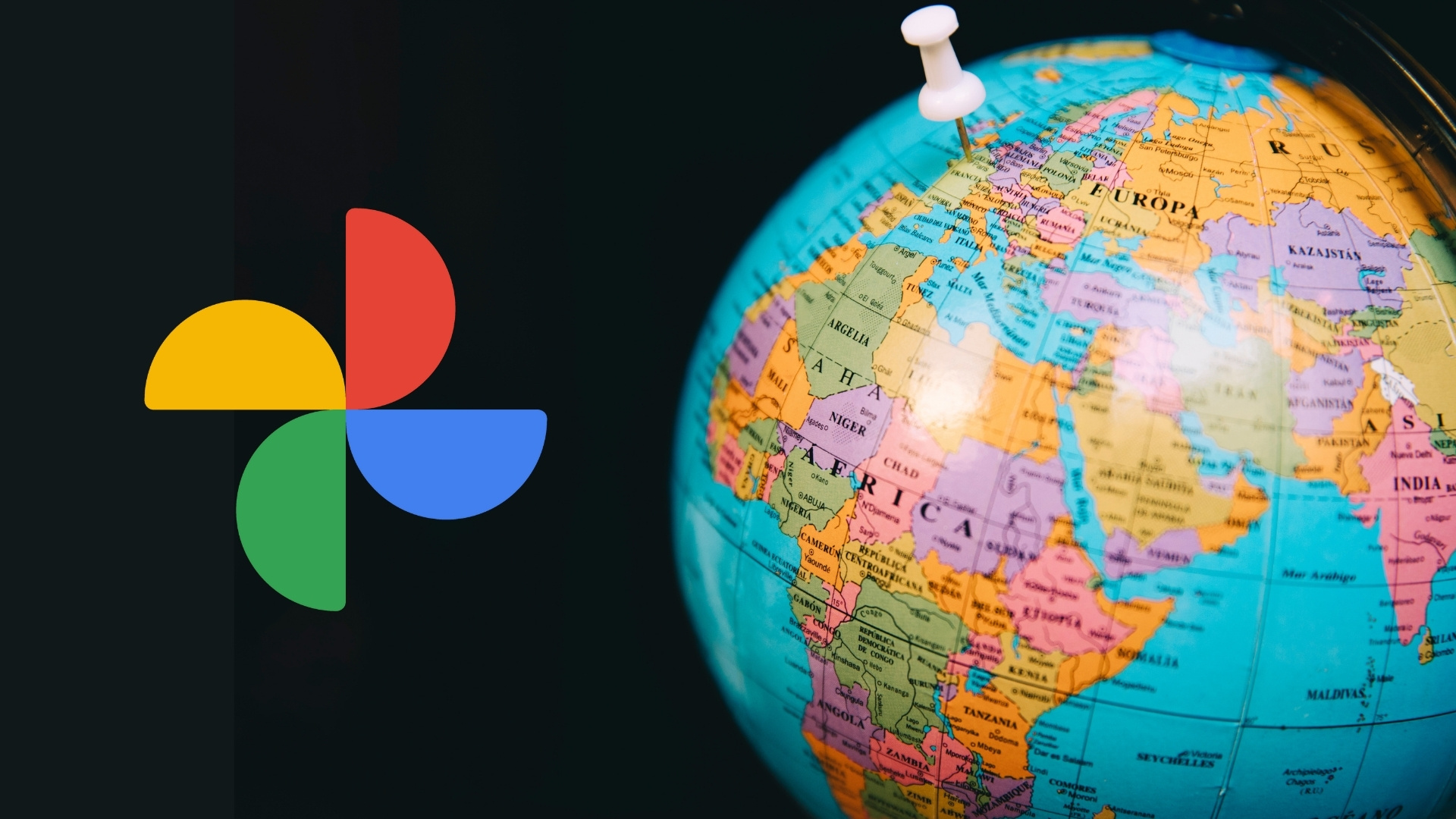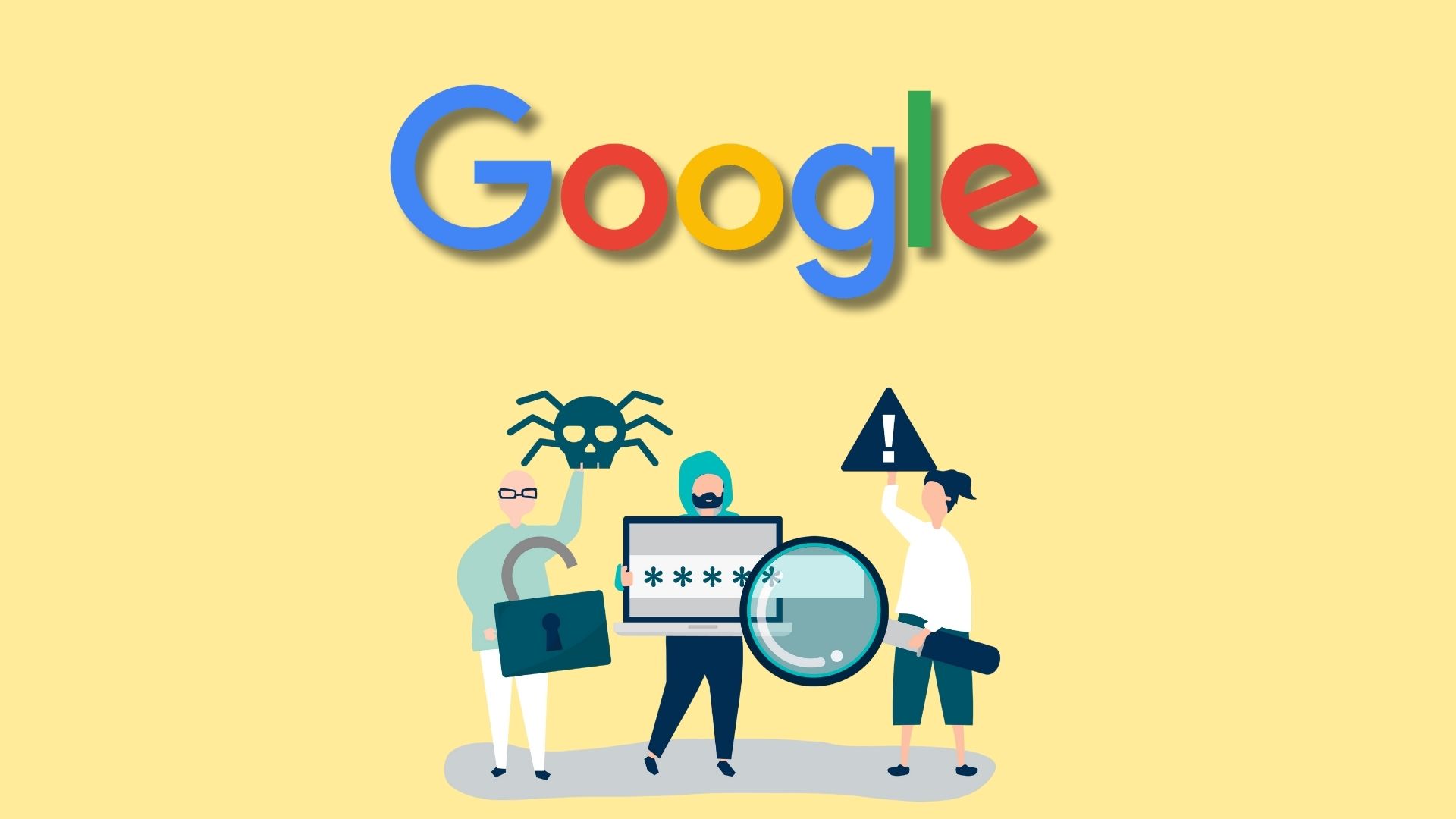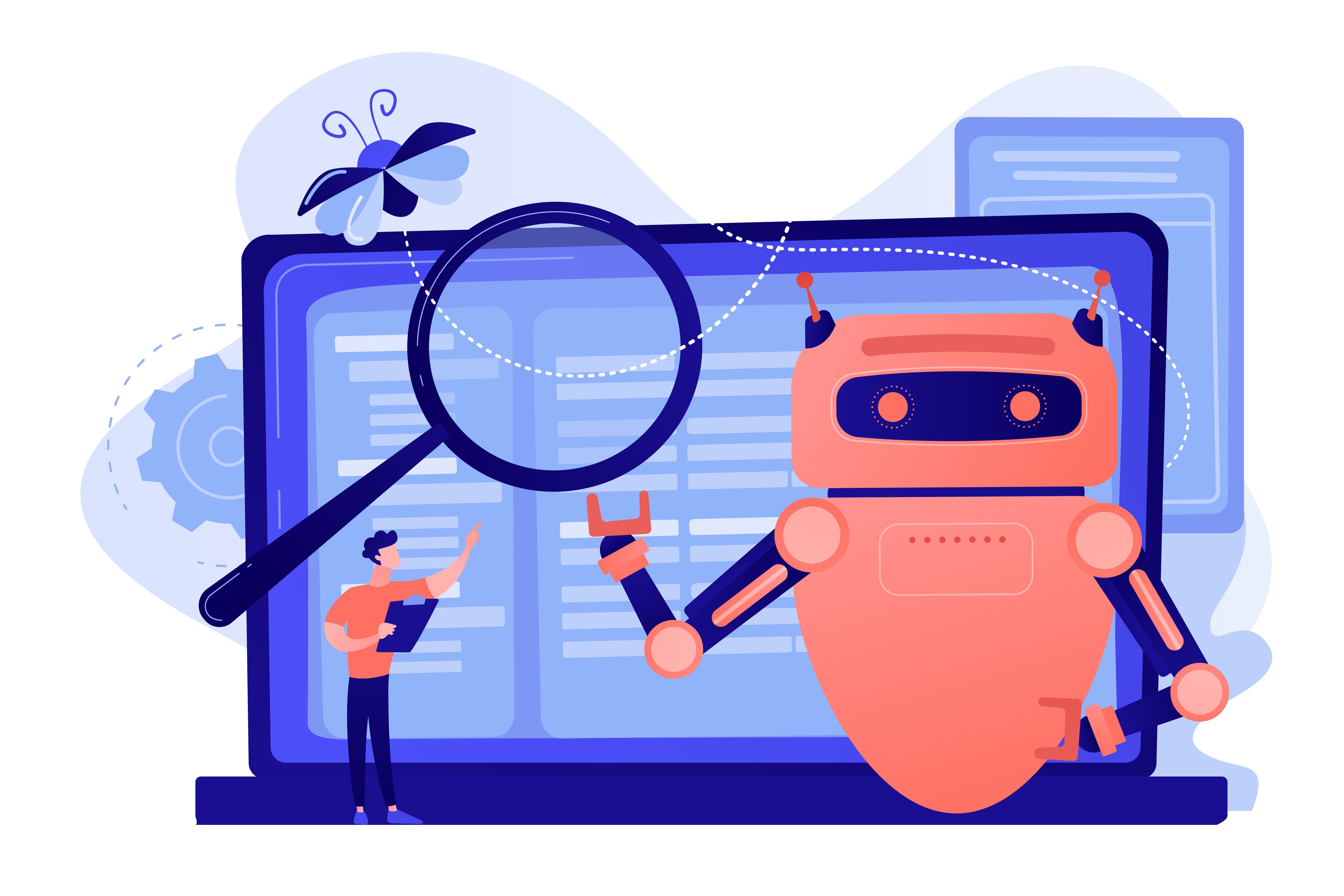Google Photos is introducing prompt-based edits, an ‘Ask’ button, and style templates across iOS and Android. In the US, iPhone users can describe edits by voice or text, with a redesigned editor for faster controls. The rollout builds on the August Pixel 10’s debut of prompt editing.
Personalised edits now recognise people from face groups, so you can issue multi-person requests, such as removing sunglasses or opening eyes. Find it under ‘Help me edit’, where changes apply to each named person. It’s designed for faster, more granular everyday fixes.
A new Ask button serves as a hub for AI requests, from questions about a photo to suggested edits and related moments. The interface surfaces chips that hint at actions users can take. The Ask experience is rolling out in the US on both iOS and Android.
Google is also adding AI templates that turn a single photo into set formats, such as retro portraits or comic-style panels. The company states that its Nano Banana model powers these creative styles and that templates will be available next week under the Create tab on Android in the US and India.
AI search in Google Photos, first launched in the US, is expanding to over 100 countries with support for 17 languages. Markets include Argentina, Australia, Brazil, India, Japan, Mexico, Singapore, and South Africa. Google says this brings natural-language photo search to a far greater number of users.
Would you like to learn more about AI, tech, and digital diplomacy? If so, ask our Diplo chatbot!










